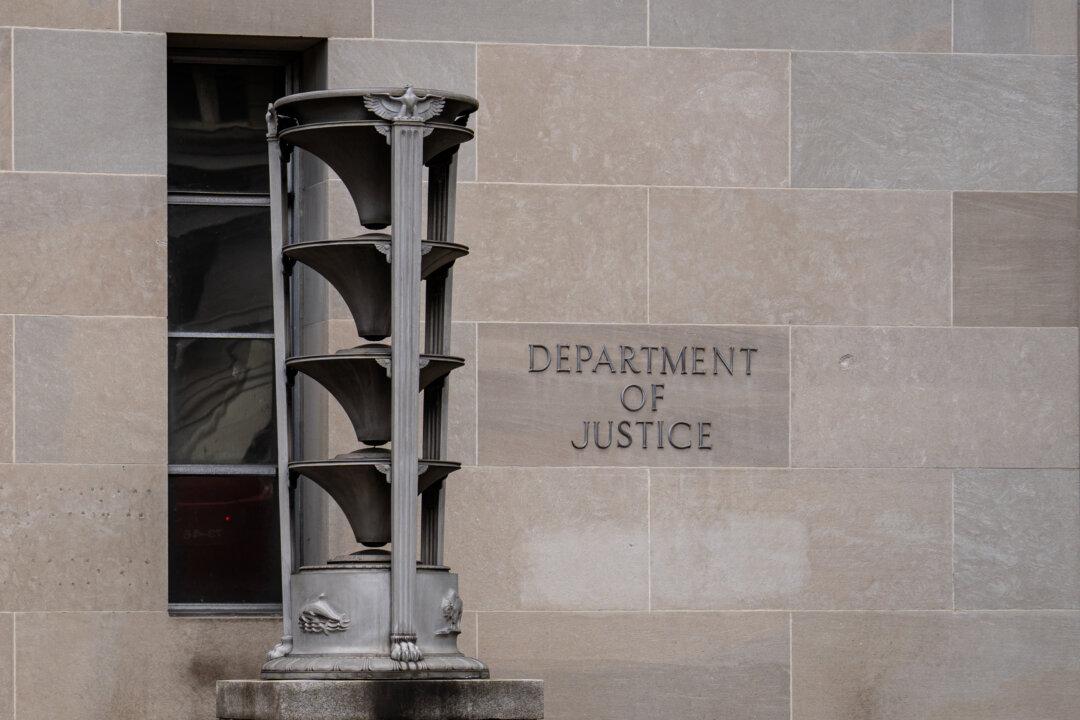Japan’s Prime Minister Fumio Kishida has urged the Japanese trade industry minister to have nine nuclear reactors operational by the upcoming winter season as he warned of a potential power crunch.
“There are concerns that [power] supply and demand will be tight again this winter. We must prevent such a situation at all costs,” Kishida said at a press conference on July 14.





